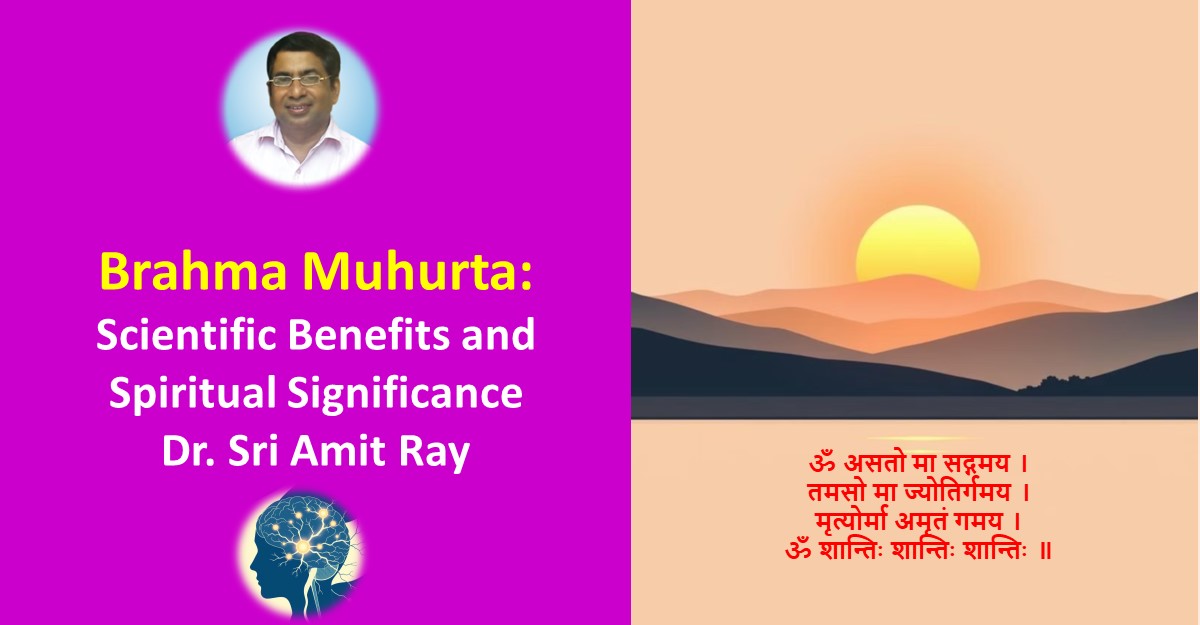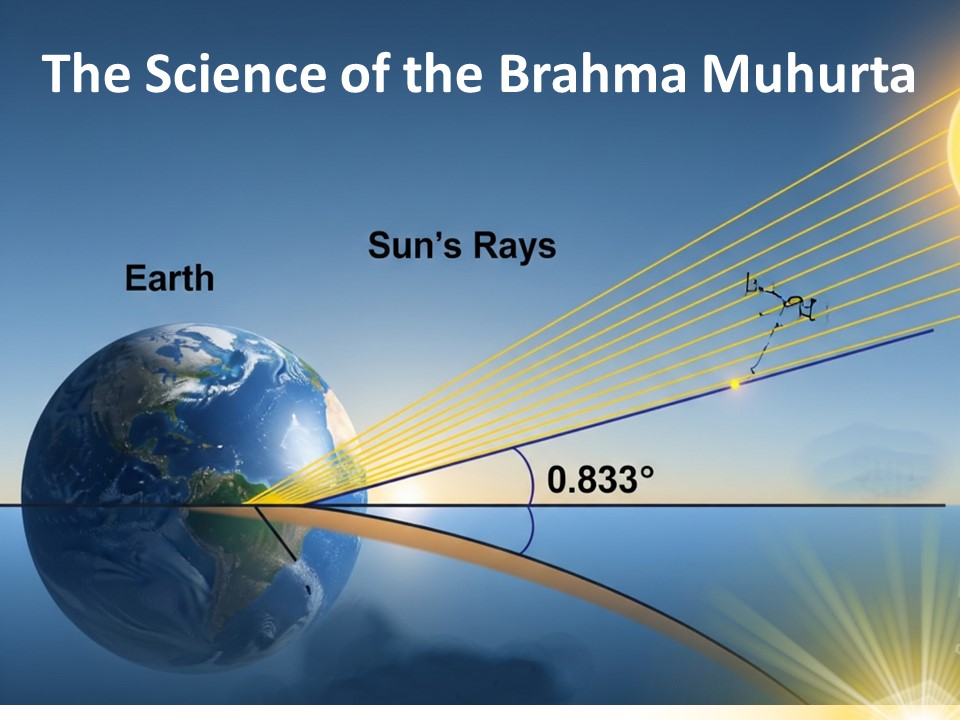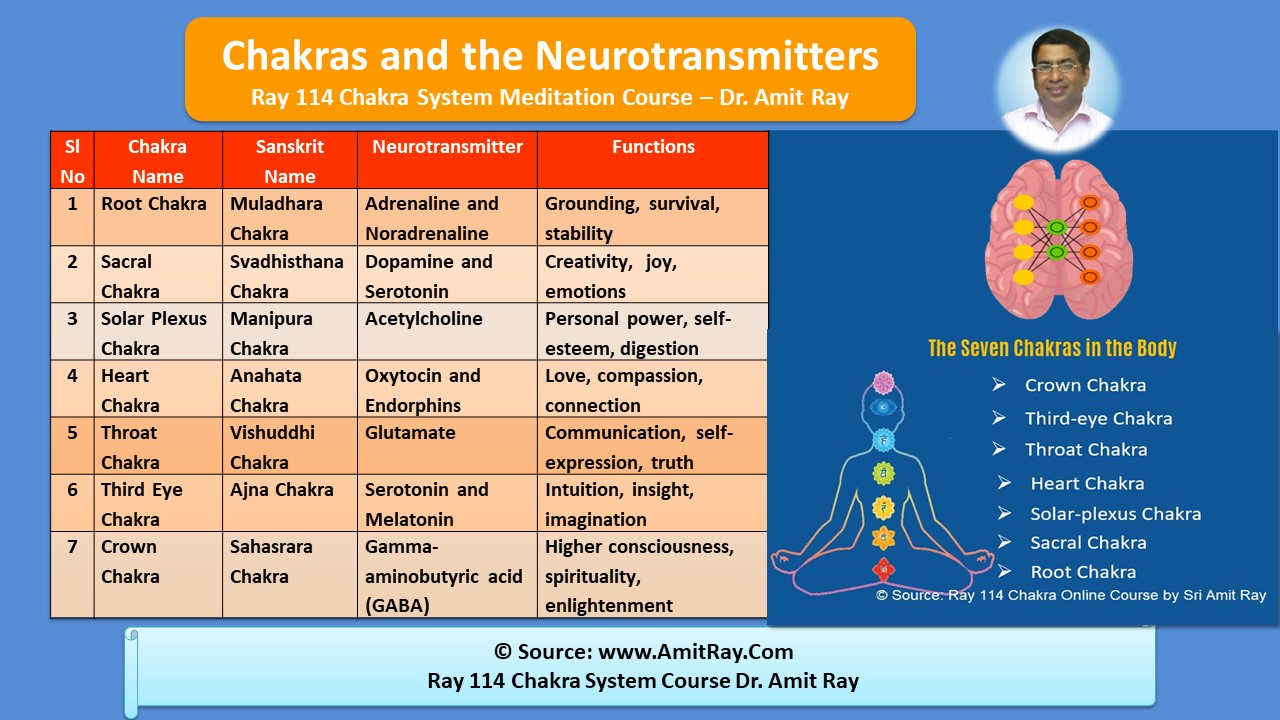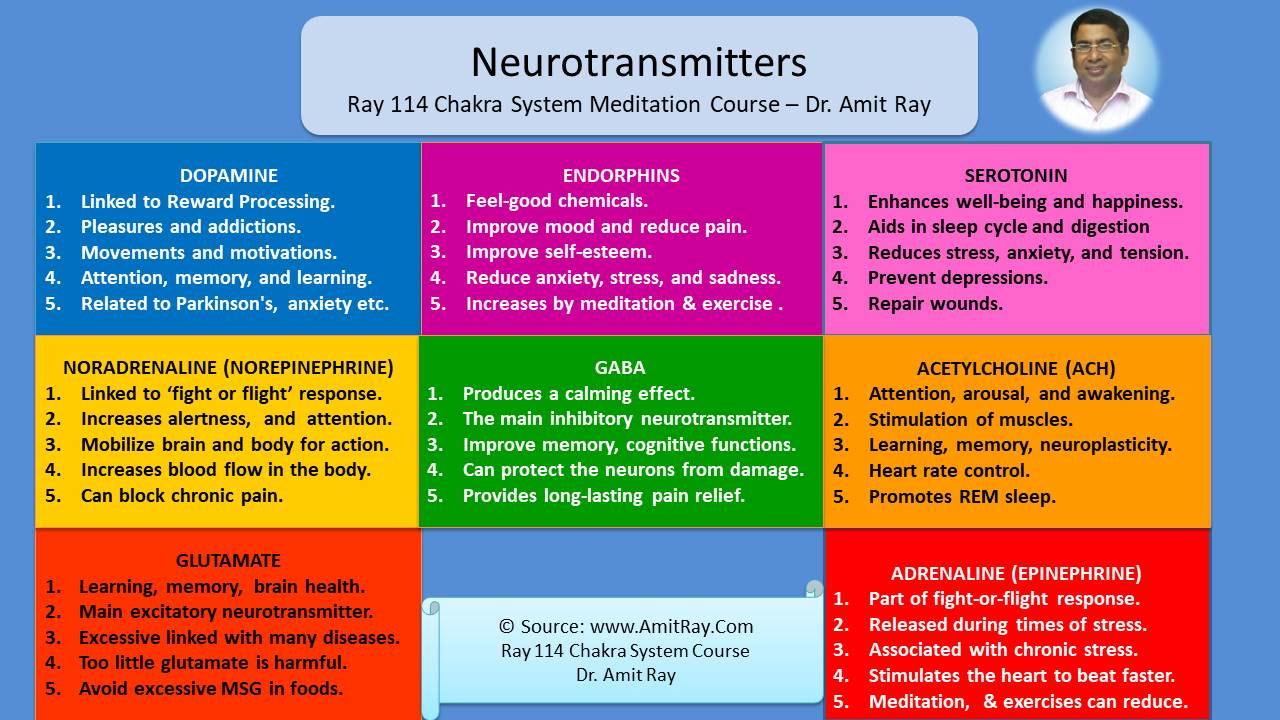In the quiet hours before dawn, when the world is still cloaked in darkness, ancient traditions and modern science converge on a profound phenomenon: the transition from night to day. This period, known in Hindu philosophy as Brahman Muhurta, is revered as a time of heightened spiritual potential, where the mind is clearest and the body most receptive to positive energies. Spanning approximately 1 hour and 36 minutes before sunrise, ending 48 minutes prior, it is often calculated as roughly 3:30 to 5:30 AM, depending on geographical location and season. The term Brahman Muhurta translates to “the time of Brahman,” the creator in Hindu cosmology, symbolizing a phase of renewal and creation.

This article delves into the interplay between the first rays of the sun, the auspicious Brahman Muhurta, and their impacts on human physiology—specifically hormones, neurotransmitters, and dream patterns. Drawing from Vedic texts like the Ashtanga Hridaya and contemporary scientific research, we explore how this pre-dawn window aligns with circadian rhythms, influencing everything from mood regulation to cognitive function. In an era dominated by artificial light and disrupted sleep cycles, understanding these natural processes offers a pathway to enhanced well-being.
Fundamentals | Timings | Beginners Guide | Scientific Perspective | Vedic Scriptures | Pineal Gland | First Ray of the Sun | Benefits | Dream Patterns | Manifestation | Not for Everyone | Mantras



